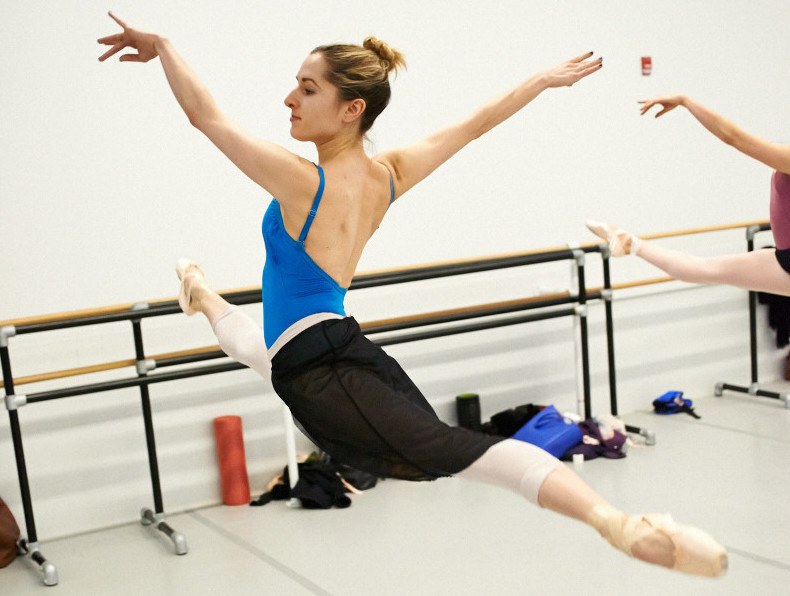The secret to properly training your dancers? Dancing. It is no secret that dance is a highly athletic sport which requires immense stamina and training. This is an interesting article which highlights the importance of understanding that training outside of the genre of dance is not necessary. Because dancing is sufficient exercise for dancers, other types of workouts can actually put your athletes at risk for injuring themselves.
http://www.dancemagazine.com/dance-is-the-best-exercise-2465757322.html
http://www.dancemagazine.com/dance-is-the-best-exercise-2465757322.html

This comment has been removed by a blog administrator.
ReplyDeleteWow! I never knew dancing provided such a good workout. As a male, I never really considered dance too much. Have you noticed a larger male following in more recent years, or would you say it is still primarily a female sport?
ReplyDeleteThomas,
DeleteThats a great question. While dance is still a primarily female sport, some of the top artists, choreographers and dancers in the industry are male. It is certainly becoming more of a norm for males to dance!
Thank you for asking!